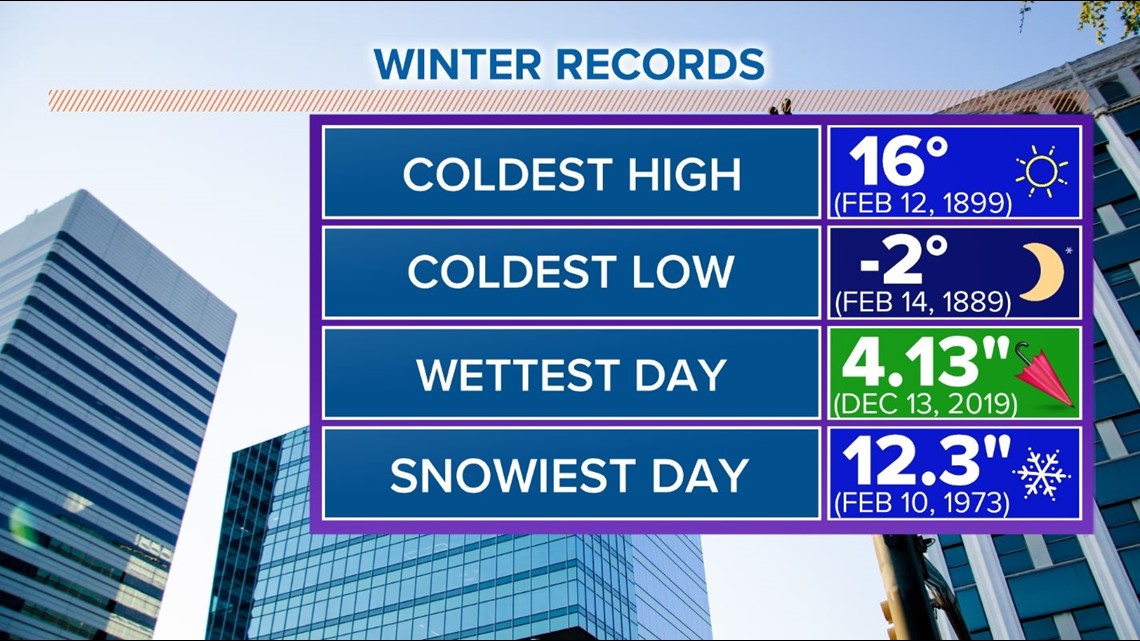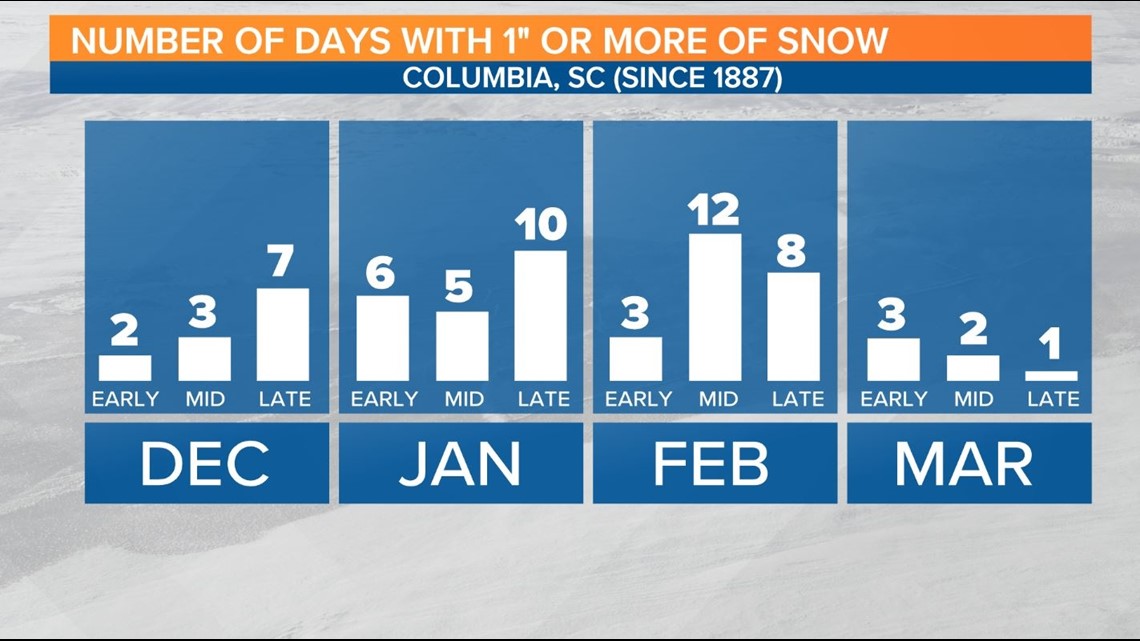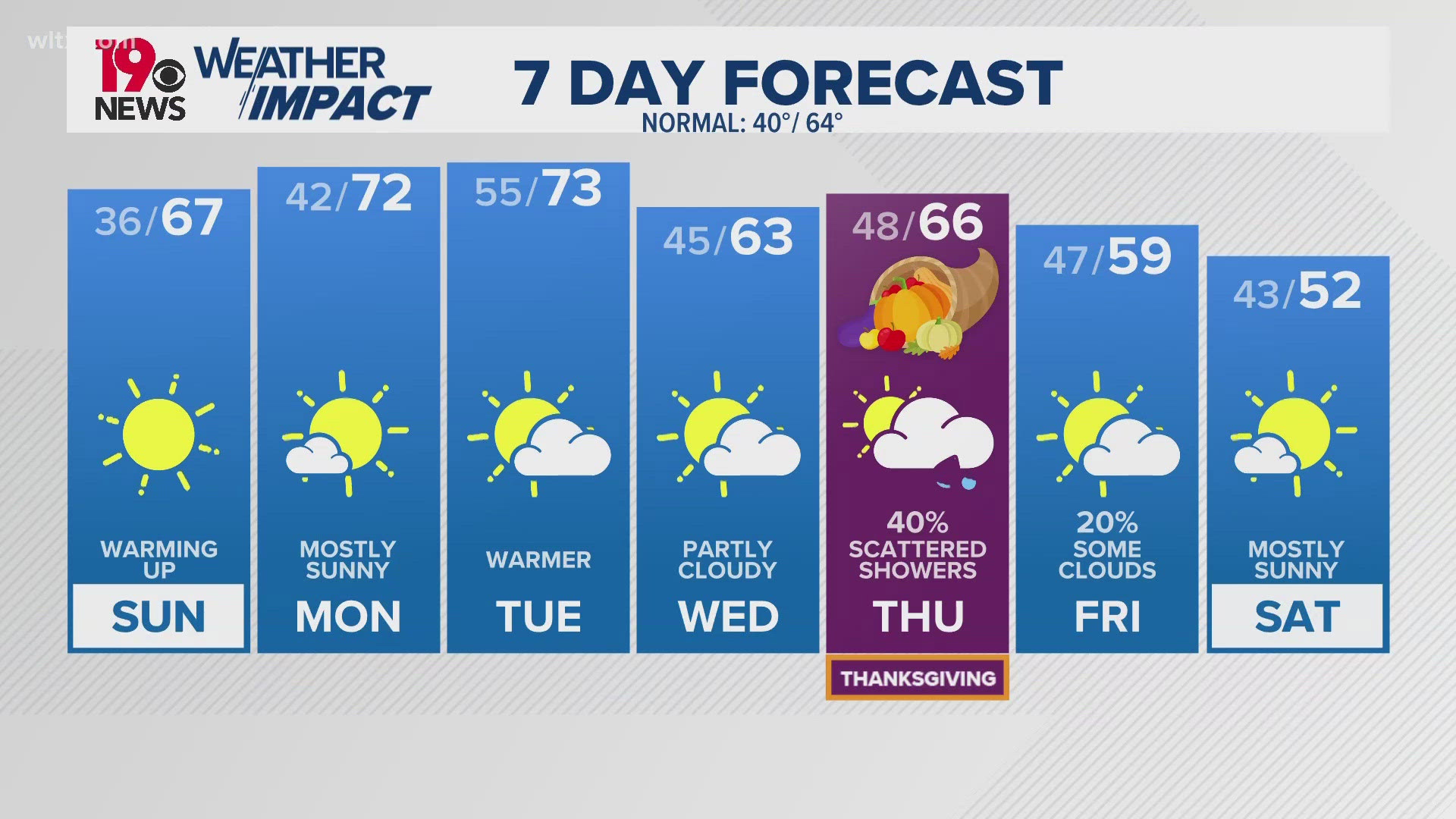COLUMBIA, S.C. — Winter Solstice marks the day the sun's angle is at its lowest in the Northern Hemisphere, and the shortest amount of daylight for the year. This year, the solstice officially arrives on December 21 at 10:58 AM ET. After that moment, daylight hours are on the rise.
How much sunlight do we gain?
On the first day of winter in Columbia, the sun rose at 7:26 AM and sets at 5:20 PM. That’s 9 hours and 54 minutes of daylight. Although the Winter Solstice is the shortest amount of time in daylight, evenings stay light for four more minutes than earlier in December. The earliest sunset of the year in Columbia was about 2 weeks ago on December 4th when the sunset was 5:16 PM.
Sunrises will continue to get later until January 9. At that point, we lose an additional 2 minutes of daylight in the morning and gain 13 minutes of daylight in the evening, a total of 11 minutes of extra daylight earned in 2 and a half weeks. One month from the winter solstice, Columbia gains a total of 25 extra minutes of light in the evening.
When is the coldest time of the year?
December, January, and February are the 3 coldest months of the year. December 1 to February 28 is “Meteorological Winter,” which is the time of the year defined as "winter." This makes the dates for weather record keeping consistent each year for every season.
On average, the coldest week of the year in the South Carolina Midlands is in mid January. The average high in Columbia, SC is 56F and the average low is 34F in mid January, although temperatures can vary widely depending on daily changes in the weather pattern.
Most of the biggest winter weather events historically occurred in February. Although January is the coldest month on average and February is just the third coldest on average, the coldest temperatures on record happened in February. The coldest daily high temperature on record in Columbia happened on February 12, 1899 when the temperature only rose to 16F for the whole day. The coldest overall temperature on record in the city, -2F (that's 2 degrees below 0) happened on February 14, 1889. While no one alive today remembers those events, the biggest snow on record (an incredible 12.3” in Columbia on February 10, 1973) will forever be etched in the minds of everyone who experienced it.


RELATED: Columbia's snow drought continues
Historically the best chance for snow are the months of January or February. There’s a peak for of snowfall events in late January which has seen 10 days with at least an inch of snow since records started in Columbia in 1887. There’s another uptick of snow events in mid through late February which has seen 20 days with 1” or more snow events since records started in Columbia.


Whether you love winter, or love to hate it, it’s here to stay in the Northern Hemisphere until the Spring Equinox on March 20th. The first day of Meteorological Spring starts on March 1, but spring-like weather can happen in South Carolina periodically all winter long.



